Description
Lipoxygenase: A Deep Dive into These Versatile Enzymes and Their Biological Significance
Lipoxygenases (LOXs) are a family of non-heme iron-containing dioxygenases that catalyze the regio- and stereospecific dioxygenation of polyunsaturated fatty acids (PUFAs) containing a cis,cis-1,4-pentadiene structure. In simpler terms, they add oxygen molecules to specific locations on fatty acids like arachidonic acid and linoleic acid, kicking off a cascade of biological events with diverse consequences.
While often perceived as a single enzyme, lipoxygenase is a family of related enzymes that differ in their substrate specificity, positional specificity (where on the fatty acid they add the oxygen), and tissue distribution. This diversity allows them to participate in a wide range of biological processes in both plants and animals.
How Lipoxygenases Work: A Closer Look
The core of lipoxygenase activity lies in its non-heme iron center. This iron exists in a reduced (Fe2+) state and, through a complex mechanism involving abstraction of hydrogen and addition of molecular oxygen, is oxidized to Fe3+. This process generates a hydroperoxy derivative of the fatty acid, the initial product of lipoxygenase activity. This hydroperoxide can then be further metabolized by other enzymes, leading to the formation of a variety of bioactive molecules.
Biological Roles: From Inflammation to Plant Defense
The products of lipoxygenase reactions, hydroperoxy fatty acids, are not the end of the story. They serve as precursors to a vast array of signaling molecules that play crucial roles in a multitude of biological processes, including:
- Inflammation: In humans, lipoxygenases, particularly those acting on arachidonic acid, are key players in the inflammatory response. They generate leukotrienes and lipoxins, which are potent mediators of inflammation, allergy, and asthma. Leukotrienes, for instance, contribute to bronchoconstriction and mucus production in the airways.
- Immune Response: Lipoxygenases are intricately involved in the regulation of the immune system. They contribute to the recruitment of immune cells, the production of cytokines, and the resolution of inflammation.
- Cancer: The role of lipoxygenases in cancer is complex and context-dependent. Some lipoxygenases have been implicated in promoting tumor growth, angiogenesis (blood vessel formation to feed tumors), and metastasis (spread of cancer cells). Conversely, others have been shown to possess anti-cancer properties by inducing apoptosis (programmed cell death) in cancerous cells.
- Cardiovascular Disease: While more research is needed, some evidence suggests that lipoxygenases contribute to the development of atherosclerosis (hardening of the arteries) by promoting inflammation within the arterial walls.
- Plant Defense: In plants, lipoxygenases participate in defense mechanisms against pathogens and herbivores. They contribute to the production of volatile compounds that attract beneficial insects, repel herbivores, and signal to other plants to activate their defense systems. They also play roles in wound healing and senescence (aging).
- Seed Germination and Development: Lipoxygenases are essential for seed germination by mobilizing stored lipids and triggering signaling pathways that regulate plant development.
Lipoxygenases as Therapeutic Targets
Given their involvement in a wide array of diseases, lipoxygenases have emerged as promising therapeutic targets. Selective inhibitors of specific lipoxygenase isoforms are being developed to treat inflammatory diseases, asthma, and potentially even cancer. For instance, leukotriene receptor antagonists, which block the action of leukotrienes, are commonly used to manage asthma symptoms.
Challenges and Future Directions
Despite significant progress, several challenges remain in the field of lipoxygenase research.
- Specificity: Developing highly specific inhibitors that target individual lipoxygenase isoforms without affecting others is crucial to avoid unintended side effects.
- Complexity: The intricate network of lipoxygenase pathways and their cross-talk with other signaling pathways makes it difficult to fully understand their roles in specific diseases.
- Context-Dependence: The effects of lipoxygenases can vary depending on the specific tissue, cell type, and disease state.
Future research will focus on:
- Developing more specific and potent lipoxygenase inhibitors.
- Elucidating the precise mechanisms by which lipoxygenases contribute to various diseases.
- Identifying novel lipoxygenase-derived metabolites and their biological functions.
- Exploring the potential of lipoxygenases as biomarkers for disease diagnosis and prognosis.
Conclusion
Lipoxygenases are a fascinating family of enzymes with a profound impact on diverse biological processes. Their involvement in inflammation, immunity, cancer, and plant defense makes them attractive targets for drug development. As our understanding of the complexities of lipoxygenase pathways continues to grow, we can expect to see the development of new and innovative therapies that harness the power of these versatile enzymes to improve human health and agricultural productivity.

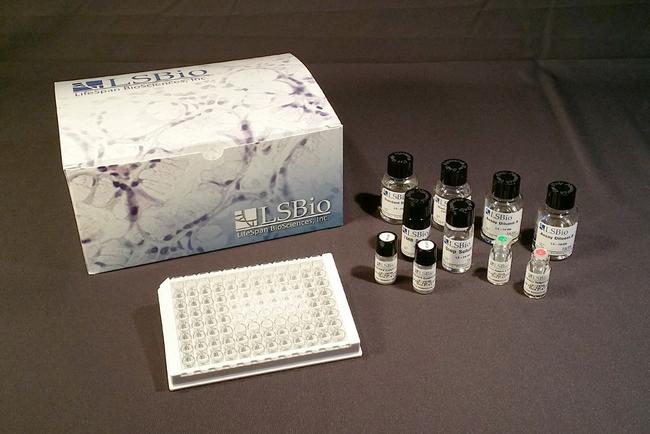
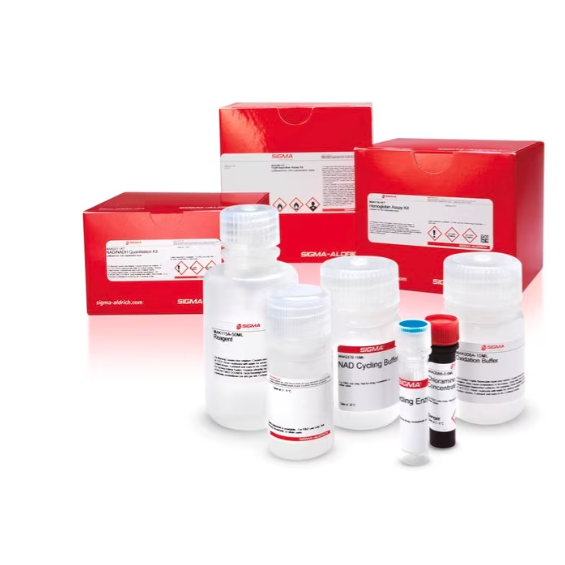
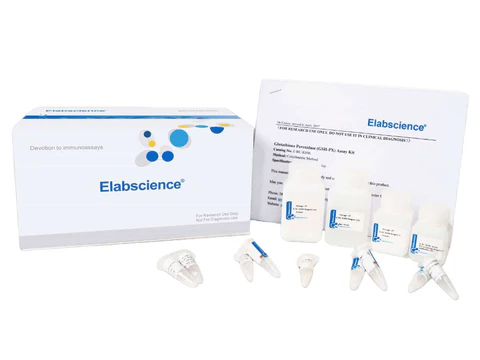
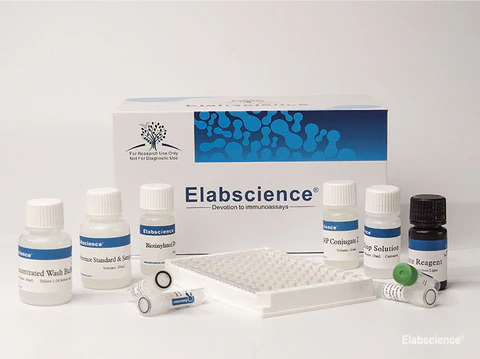

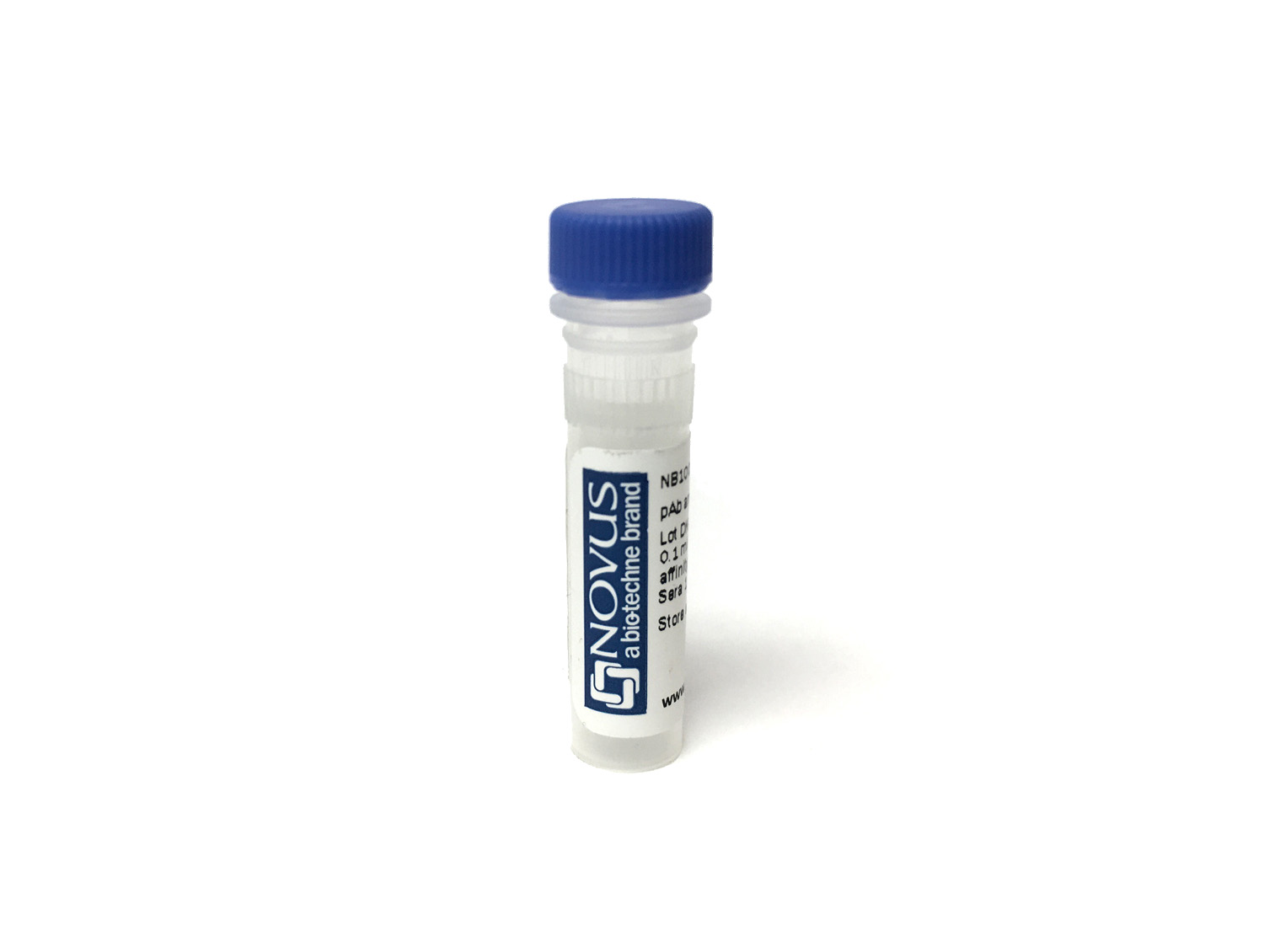

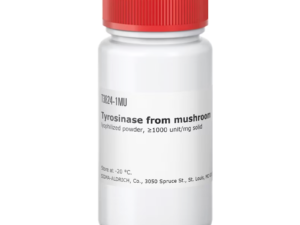


Reviews
There are no reviews yet.